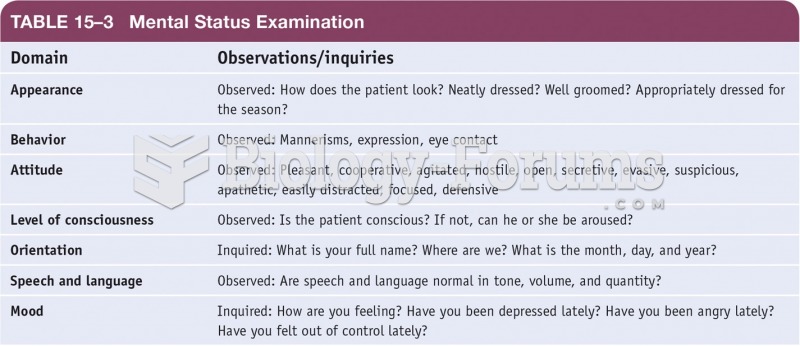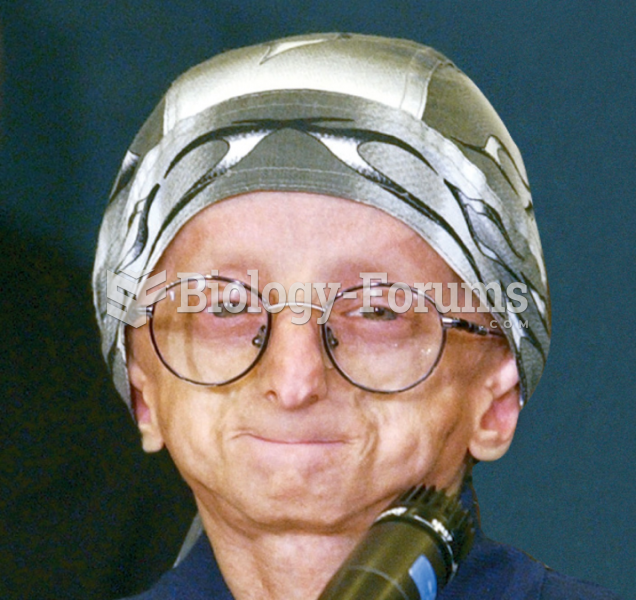Corporate Status. Pat Daniels, John Daniels, and Bill Mandell (the defendants) planned to purchase a tavern and restaurant business in St. Charles, Illinois, and to organize their business in the form of a corporation under the name of D&M, Inc The defendants negotiated with Howard Realty Group to lease the premises on which the tavern and restaurant were located. While the sale of the business and the negotiation of the lease were proceeding, neither the seller of the business nor Howard contemplated personal guarantees from the defendants. On January 18, 1987, although D&M had not yet been incorporated, the lease was signed in the name of D&M, Inc, by Pat Daniels and Bill Mandell, in their capacity as president and secretary, respectively, of the future corporation. On February 11, 1987, the defendants filed the articles of incorporation for D&M with the secretary of state. The articles were returned by the secretary of state's office because the name D&M, Inc was already in use by another Illinois corporation. The defendants then decided to file the articles of incorporation under the name of The Lodge at Tin Cup Pass, Inc (the Lodge). They first checked with the landlord to see if they could use that name, because it was similar to the name of the property, Tin Cup Pass. The Lodge was duly incorporated on March 5, 1987. In late 1988, when the Lodge defaulted on its lease payments, Tin Cup Pass Limited Partnership, to whom Howard had assigned the lease, sued the defendants personally to recover the lease payments due, alleging that the defendants should be held liable as corporate promoters for D&M, Inc, a corporation that was never formed. What will result in court? Discuss fully.
Question 2
In Yin v. J's Fashion Accessories, the court found that Yim was an undisclosed agent for his company, Hosung, but was liable for debts owed by Hosung, the principal.
a. True
b. False
Indicate whether the statement is true or false







